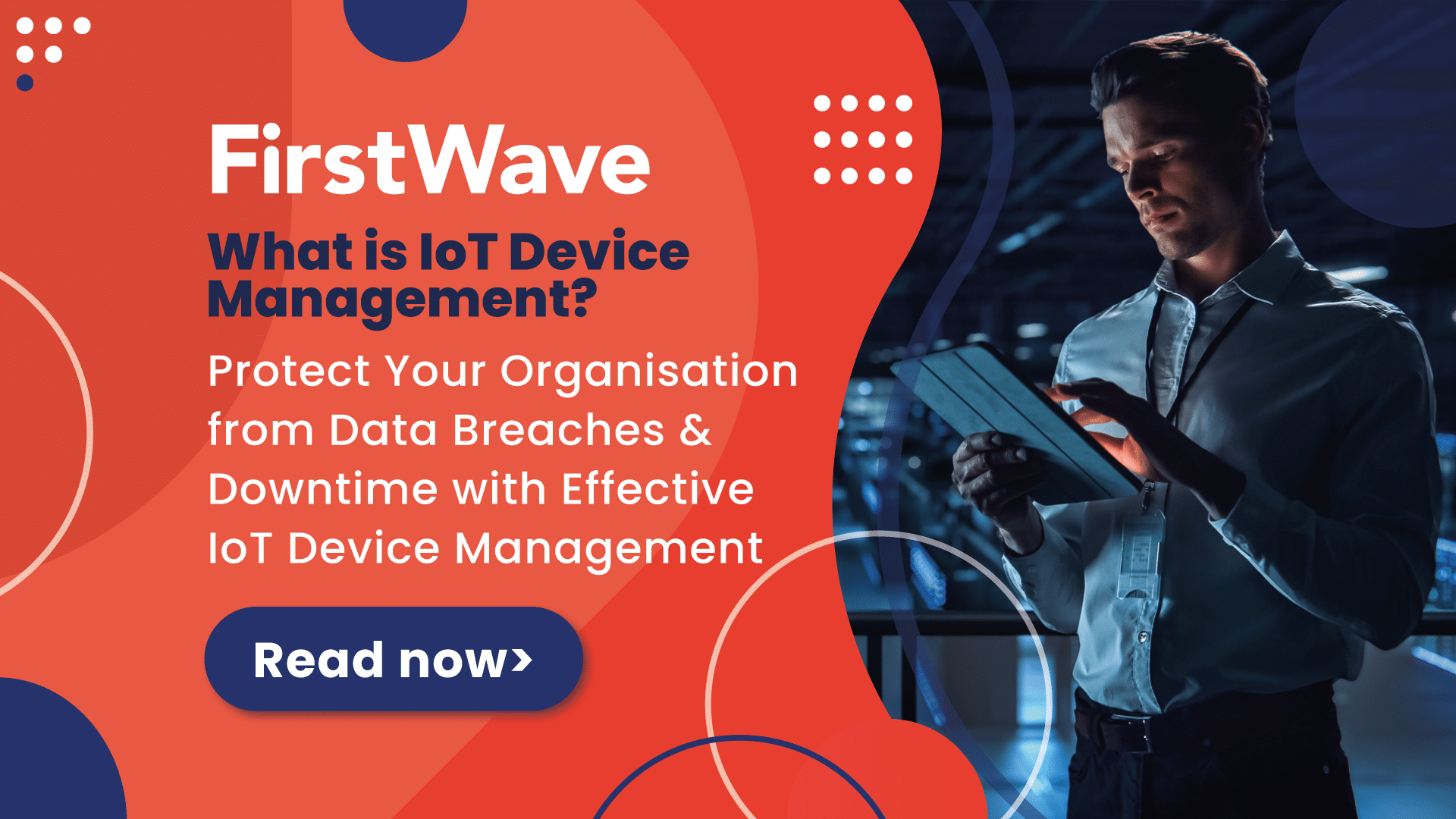27 May 2023
What is IoT Device Management? A Journey into Device Management

IoT device management is a process to ensure that all your IoT devices are properly configured, secure and working as intended. If you’re not already using an loT device management solution, then it’s likely that your organization has experienced some negative consequences due to poor security practices or misconfiguration issues.
These can include:
- Increased risk of data breaches
- Loss of productivity due to downtime caused by technical failures
- Costs associated with manual troubleshooting and maintenance
IoT Device Management Platforms
There are several IoT device management platforms, but one of the most popular is OpenWSN. It’s an open-source platform that allows you to create your own software for IoT devices. The TinyOS operating system aims to make it easy for developers to build applications for embedded devices and sensors. Contiki OS is another popular choice among developers because it has been used in some big-name projects like the Mars Rover and Google Glasses.
The downside of these platforms is lack of commercial support, not an ideal situation considering the mission critical applications of IoT.
IoT Device Management Software
IoT device management software allows you to monitor the status of your devices and configure them. It also allows you to update firmware, change settings, and more. This can be done from anywhere in the world with an internet connection, which means that if something goes wrong with one of your devices or systems at home or work, it can be fixed immediately.
IoT Device Management Architecture
The IoT device management architecture consists of two main components:
- Device Management System (DMS) – The DMS is responsible for managing the lifecycle of your IoT devices from initial deployment through retirement. It also provides a central repository for all information related to your IoT devices, including configuration data and logs. This allows you to easily manage and monitor thousands of devices across multiple locations in real time with just a few clicks.
- Asset Management System (AMS) – The AMS is responsible for collecting data from various sources such as sensors, meters, controllers or other types of devices that are connected via industrial communication protocols like Modbus/TCPIP etc., into one single point where they can be accessed by different users across different departments within an organization such as production managers who need real-time updates on their production lines; quality assurance engineers who need access to test results so they can take appropriate measures if any issues arise; finance teams who want insights into production costs etc., without having knowledge about specific technologies used within each departmental silo!
Security Requirements for IoT Device Management
- Malware: Malware is a type of software that can be used to damage or disable computers and other electronic devices. It’s often installed without the owner’s knowledge, so it’s important to have up-to-date antivirus programs running on your IoT devices.
- Antivirus Program: Antivirus programs are designed to prevent malware from infecting your computer or device and destroying its data. They also scan for viruses after you install them, so you should make sure your antivirus program is always running on all of your IoT devices (and not just when they’re connected to the Internet).
- Backups: You should back up all the data from each IoT device regularly–at least once per day if possible–in case something happens to the original copy (like someone deleting it accidentally).
The Benefits of IoT Device Management
FirstWave’s NMIS is a solution that offers many benefits to IoT device management. Here are just some of the ways it can help:
- Remote management: The ability to manage your devices from anywhere in the world, even when you’re not physically at your office or onsite with them. This gives you peace of mind, knowing that in case something goes wrong with one of your devices, you can fix it easily without having to travel somewhere else.
- Efficient provisioning: Using FirstWave’s NMIS allows you to quickly deploy new devices onto networks and get them up and running as soon as possible–without having to worry about whether they’ll work properly once they’re plugged into their new environment.
- Enhanced security: A secure connection between each device ensures that no unauthorized users have access while also preventing data breaches from occurring due to hackers breaking through firewalls.
- Improved performance: With this solution in place, there’s less chance for errors because all settings will be standardized across all systems; this means less downtime due better performance overall!
How FirstWave’s NMIS Can Help
FirstWave’s NMIS can help you with:
- Device discovery. The first step in any IoT device management solution is to discover all your devices and understand who they belong to, what they’re doing, and where they are located. Our solution makes this easy by automatically discovering all the devices on your network or in the cloud that have been registered with us.
- Real-time monitoring. Once we’ve discovered all of your connected assets, we provide real-time visibility into their performance so that you can quickly identify issues before they become problems–and resolve them before customers notice anything has gone wrong!
- Customizable dashboards & data analytics tools allow users at every level of an organization access real-time information about their IoT deployments without needing any specialized knowledge or training on how best utilize these tools effectively (which means less time spent dealing with IT issues).
Conclusion
If you’re interested in learning more about how FirstWave’s NMIS can help your organization to better manage and monitor IoT devices, reach our to our expert team for an obligation-free consultation.